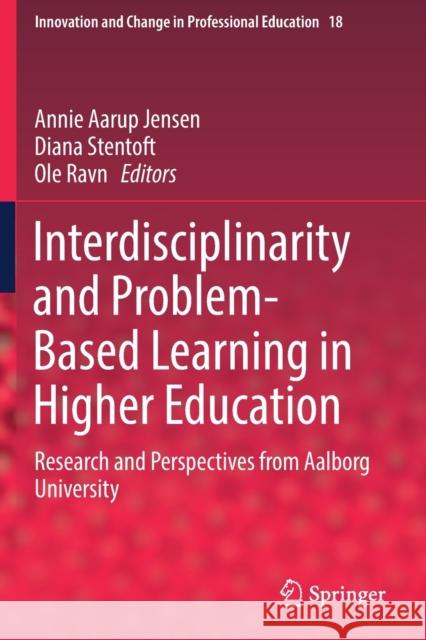Interdisciplinarity and Problem-Based Learning in Higher Education: Research and Perspectives from Aalborg University » książka
topmenu
Interdisciplinarity and Problem-Based Learning in Higher Education: Research and Perspectives from Aalborg University
ISBN-13: 9783030188443 / Angielski / Miękka / 2020 / 168 str.
Interdisciplinarity and Problem-Based Learning in Higher Education: Research and Perspectives from Aalborg University
ISBN-13: 9783030188443 / Angielski / Miękka / 2020 / 168 str.
cena 403,47
(netto: 384,26 VAT: 5%)
Najniższa cena z 30 dni: 385,52
(netto: 384,26 VAT: 5%)
Najniższa cena z 30 dni: 385,52
Termin realizacji zamówienia:
ok. 22 dni roboczych
Bez gwarancji dostawy przed świętami
ok. 22 dni roboczych
Bez gwarancji dostawy przed świętami
Darmowa dostawa!
This book addresses the relation between Problem-Based Learning (PBL) and interdisciplinarity and challenges the often implicit assumption that PBL leads to interdisciplinarity by default. The book examines theoretical and philosophical aspects of PBL and interdisciplinary learning. The first part of the book conceptualises the notions of problem-based learning and interdisciplinary learning, and highlights some key overlaps and ways of conceiving of their interrelatedness. It discusses the role of problem-based medical education in relation to interdisciplinary professionalism in medical education. Taking the reader into the realm of techno-anthropology, the book discusses the role of problems and projects in transgressing disciplines, and presents an analysis of three challenges facing new students when entering interdisciplinary and problem-based higher education. The second part of the book focuses on practicing interdisciplinarity in problem-based higher education. It explores how the construction of problems in interdisciplinary PBL projects can be seen from the perspectives of multicultural groups, and examines group processes in interdisciplinary PBL projects. It concludes by taking a closer look at student practices in interdisciplinary PBL, and at how students are positioned and position themselves in the complex transdisciplinary PBL project.











